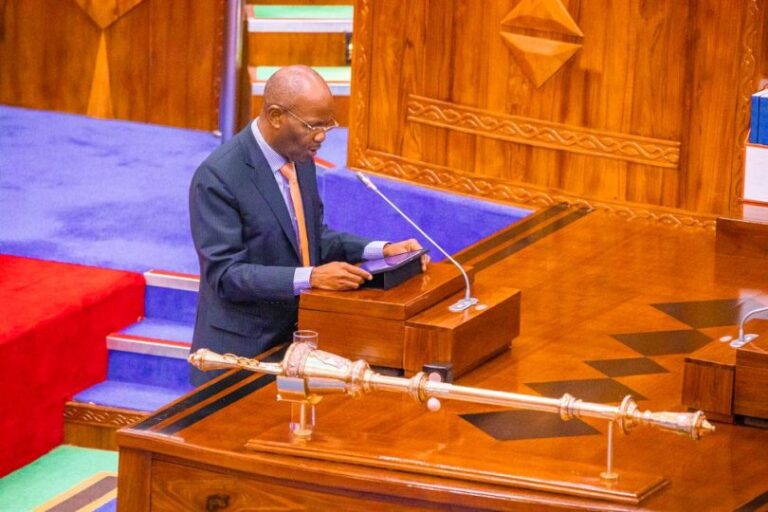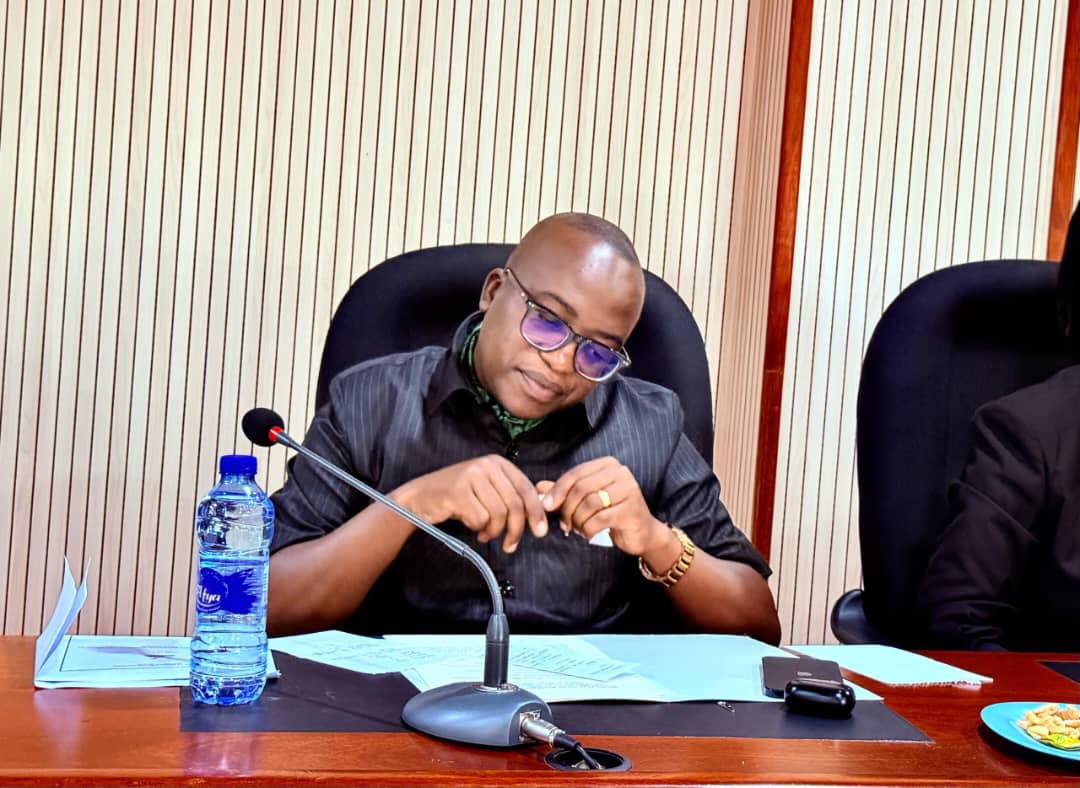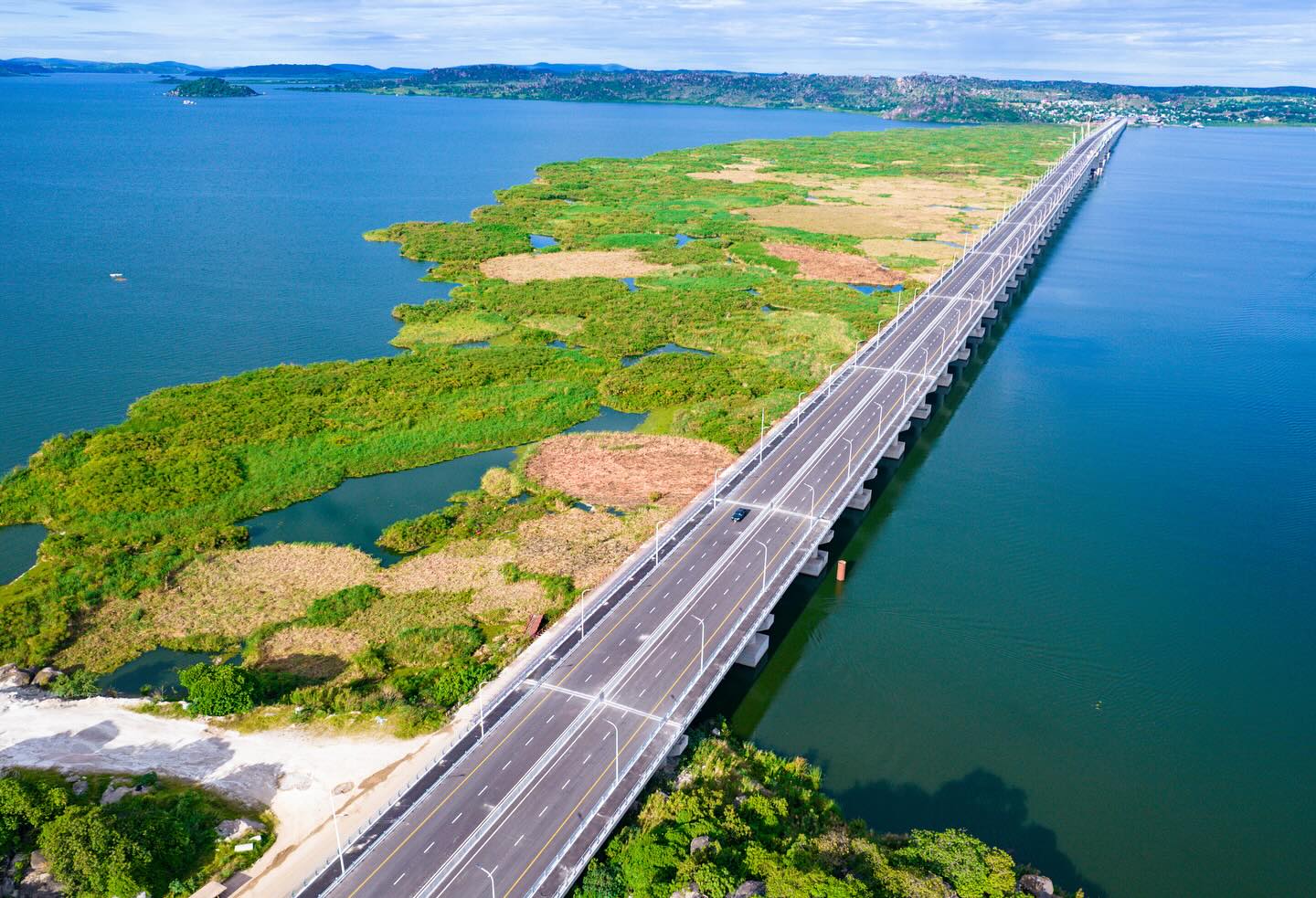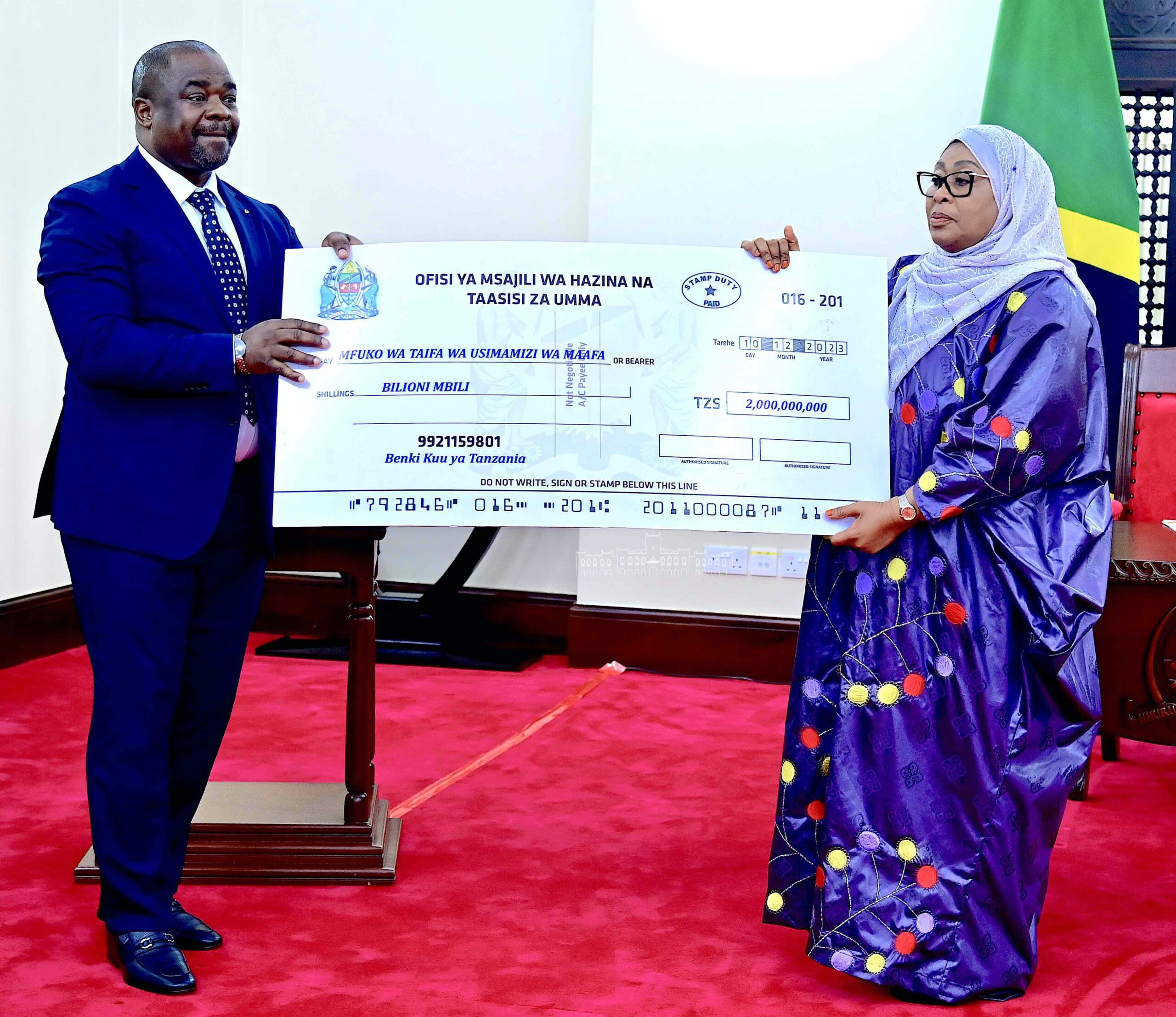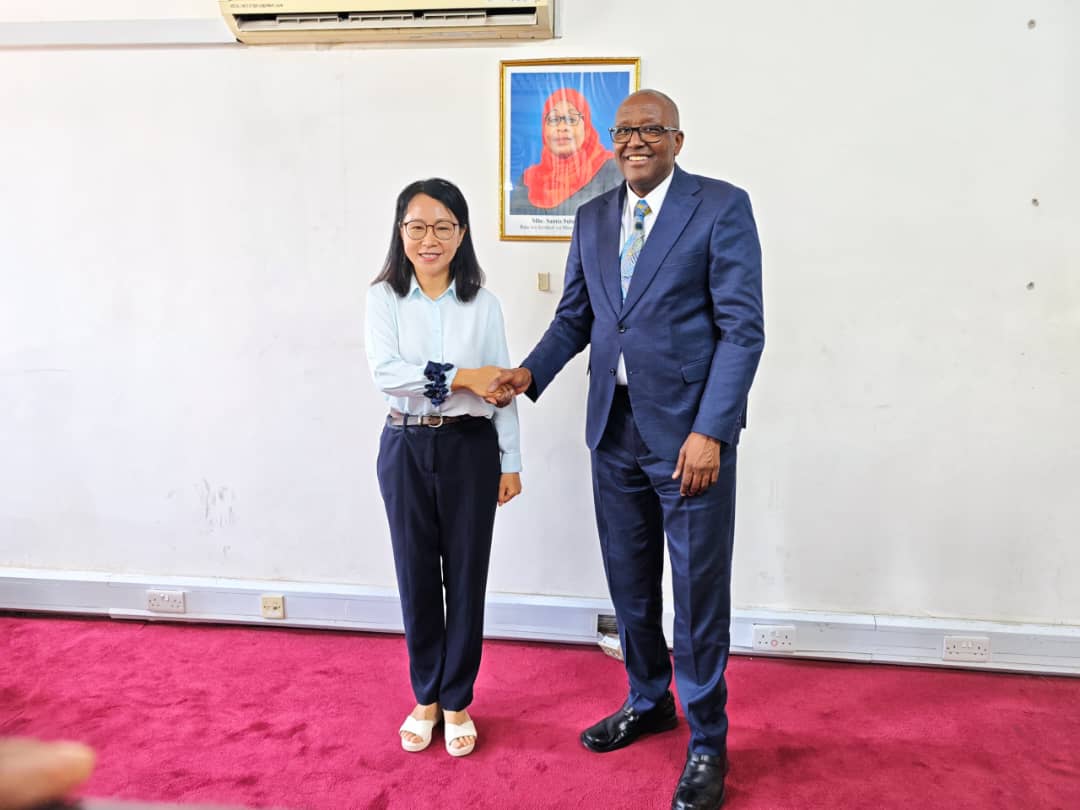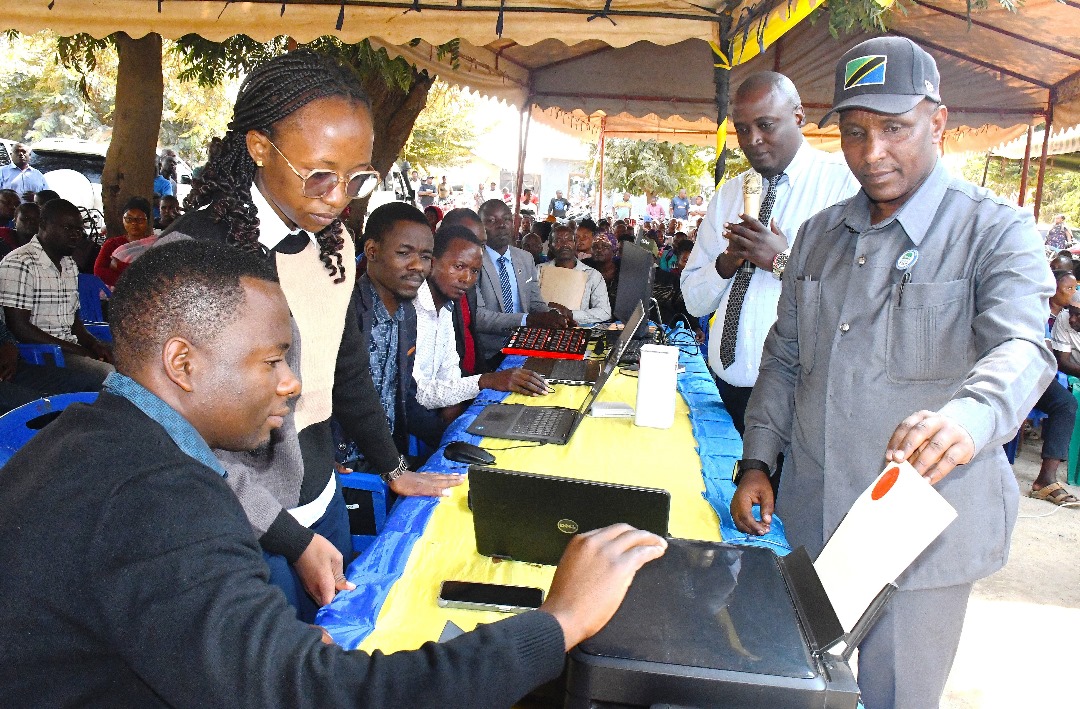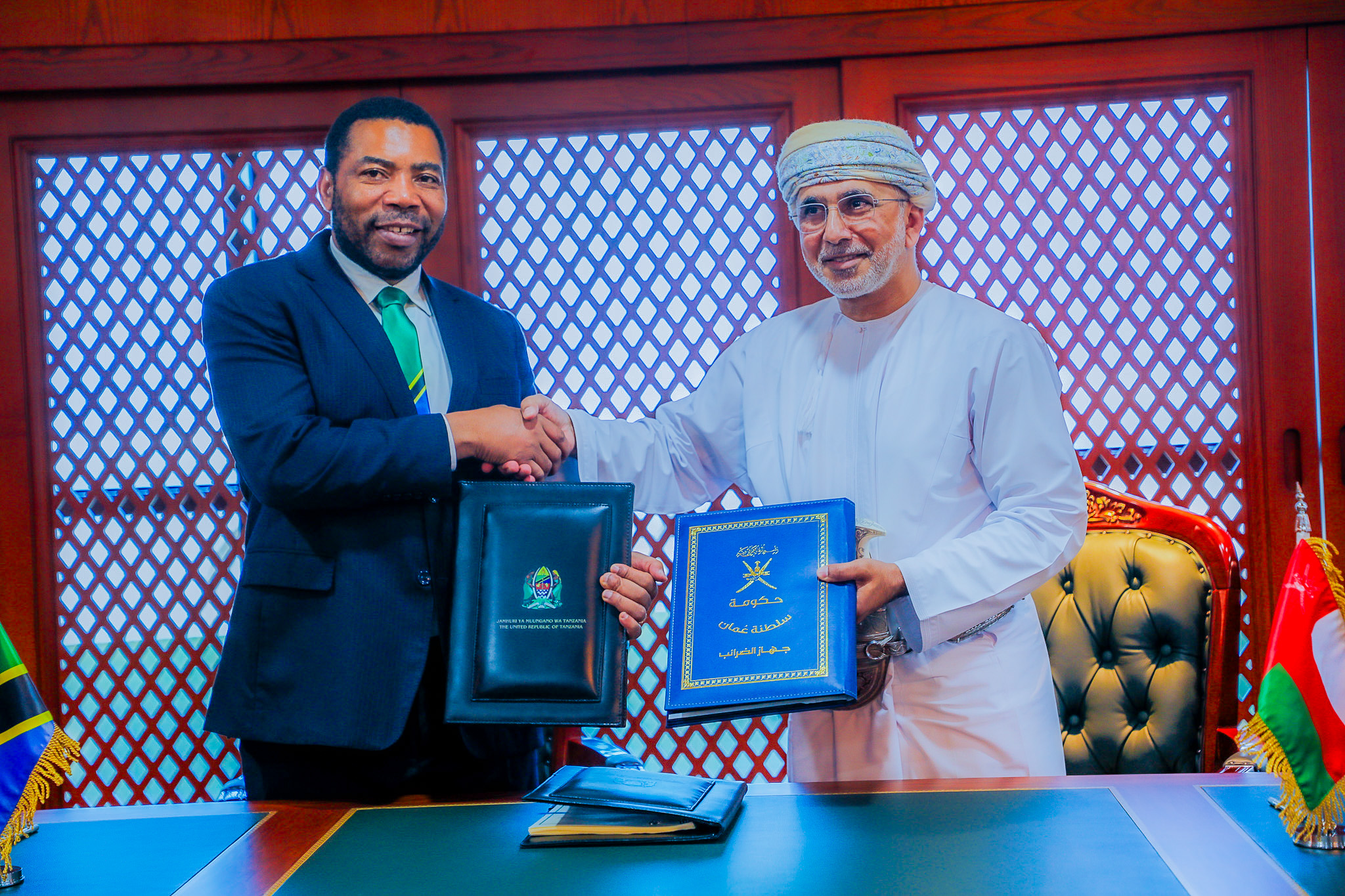Dodoma. The government has unveiled a Sh2.75 trillion budget for the Ministry of Transport in the 2025/26 financial year, placing strong emphasis on upgrading the country’s core transport infrastructure.
Presenting the budget estimates in Parliament on May 15, 2025 the minister for Transport, Prof Makame Mbarawa, said the funds would be directed towards key strategic projects aimed at enhancing efficiency and connectivity across rail, marine, and air transport systems.
“The aim is to build a modern and integrated transport system that supports national economic growth, regional trade, and social development,” said Prof Mbarawa.
Modernising the railway network
At the heart of the budget lies the continued development of Tanzania’s railway infrastructure, with the Standard Gauge Railway (SGR) receiving the largest share of the ministry’s allocation.
A total of Sh1.8 trillion, equivalent to 65.45 percent of the total budget, has been allocated for the construction of critical SGR sections, including Makutupora–Tabora, Tabora–Isaka, Mwanza–Isaka, and Tabora–Kigoma.
According to Prof Mbarawa, the government intends to expedite work on these segments to meet project timelines and improve the national logistics chain.
In a move aimed at enhancing operational efficiency, the government is also inviting private sector investment in the freight operations of the Dar es Salaam–Dodoma section, which is expected to commence services by June next year.
“We are creating a conducive environment for private operators to enter freight services on the central corridor. This will reduce operational costs and ensure faster cargo movement,” he told the House.
In addition to the ongoing SGR construction, the government is formulating plans to extend the network to the northern regions.
The planned extension will start from Shinyanga and connect to Simiyu, Singida, Manyara, Arusha, and Kilimanjaro, eventually linking up with Mwambani Port in Tanga.
Another proposed line will run from Arusha to Musoma Port.
This northern expansion is intended to open up access to mineral-rich areas and boost regional integration, especially with Uganda, through enhanced connectivity via the ports of Tanga and Musoma, and the Isaka dry port.
The government is exploring the possibility of implementing this phase through a Public-Private Partnership (PPP) model.
The existing Meter Gauge Railway (MGR) will also receive substantial investment.
A total of Sh294.80 billion in domestic funds has been allocated through the Railway Infrastructure Fund for ongoing maintenance works, procurement of railway equipment, upgrades to signalling and ICT systems, and fencing to enhance safety.
Meanwhile, the Tanzania Intermodal Rail Project II (TIRP II) will utilise Sh51.28 billion in external funding for the rehabilitation of the Dar es Salaam–Tabora and Tabora–Isaka railway lines.
Part of the funds will also be used for feasibility studies of the Tanga–Arusha and Kilosa–Gulwe–Igandu railway corridors, intended to support future expansions.
The Tazara line, a key link to Zambia, is set to benefit from Sh12.32 billion in domestic financing.
The funds will be used for the acquisition of new passenger coaches, installation of a digital ticketing system, procurement of locomotive spare parts, track maintenance, and improvements to station infrastructure, particularly at Tunduma.
Enhancing port infrastructure
A significant portion of the transport budget has been earmarked for the development and modernisation of Tanzania’s sea and lake ports in a bid to improve trade competitiveness and regional connectivity.
The Dar es Salaam Maritime Gateway Project (DMGP)—a flagship initiative to improve port efficiency and cargo handling at the country’s largest port—will receive Sh24.08 billion in external funds.
These will be used for the supervision of ongoing works, upgrading of electrical systems at key berths, and conducting technical audits to ensure quality and compliance.
Domestically, a total of Sh171.00 billion has been allocated for the construction and refurbishment of vessels on Lakes Tanganyika and Victoria, the establishment of a shipyard on Lake Tanganyika, and the purchase of rescue boats and cargo wagons.
The funds will also support the implementation of modern revenue collection systems at lake ports to enhance financial accountability and service delivery.
“These investments will ensure the reliability of water transport services, reduce risks, and support economic activities in lake regions,” said Prof Mbarawa.
Upgrading air transport capabilities
The air transport sub-sector is also set for a major transformation, with the government committing to expand the national carrier and upgrade airport infrastructure across the country.
A total of Sh216.05 billion in domestic funds has been allocated for the fleet expansion of Air Tanzania Company Limited (ATCL).
The funds will be used to complete the procurement of four short-haul aircraft and one cargo plane, purchase spare engines, and cover start-up operational costs associated with the newly acquired aircraft.
“This will significantly enhance ATCL’s competitiveness in regional and international markets, and contribute to the growth of tourism and trade,” said the minister.
Furthermore, Sh67.00 billion has been set aside to bolster ATCL’s operations.
This includes the construction of a state-of-the-art maintenance hangar at Julius Nyerere International Airport (JNIA), the establishment of a spare parts depot, upgrades to ICT systems, training for aviation personnel, development of a cargo warehouse, and procurement of essential spare parts to ensure fleet reliability.
On the airport infrastructure front, a total of Sh35 billion has been allocated for rehabilitation works at Mwanza Airport, including the reconstruction of the runway, and the construction of new VIP and CIP lounges as well as a modern cargo terminal.
Another Sh22 billion has been allocated for the development of airports in Singida, Manyara, Simiyu, and Njombe regions, in line with the government’s broader objective of enhancing air connectivity to underserved areas.
Specific project allocations include:
Sh13.80 billion for the completion of the Mwanza Airport terminal and development of a master plan for future upgrades;
Sh4.57 billion for maintenance facilities and runway improvements at Arusha Airport;
Sh6.57 billion for the construction of a new terminal building and other support infrastructure at Mtwara Airport.
Kilimanjaro International Airport (KIA) will benefit from a Sh35 billion allocation for runway repairs, airfield lighting improvements, construction of a VIP lounge, installation of perimeter security fencing, establishment of a new cargo terminal, and the construction of an administrative block.
Regional airports in Lindi, Moshi, Musoma, Mafia, Shinyanga, and Sumbawanga will share an allocation of Sh20.59 billion for various upgrade works, including the expansion of runways, installation of safety equipment, and construction of passenger service facilities.
The government has also allocated Sh3 billion for the completion of planning and initial construction works of the proposed Serengeti International Airport, a greenfield airport aimed at supporting sustainable tourism in the Serengeti ecosystem.
Similarly, Sh1.90 billion has been earmarked for planning and early construction activities at Bukoba Airport to improve connectivity in the north-western region.
At JNIA, Terminal II is slated for a comprehensive upgrade with a total of Sh88.06 billion, combining both domestic and external funding.
The funds will support terminal expansion and enhanced security systems, in line with international standards.
Additional investments in the aviation sector include Sh1.80 billion for the installation of Instrument Landing Systems (ILS) at selected airports, Sh20.88 billion for the development of infrastructure at the Air Transport Training College, and Sh3.70 billion for initiatives aimed at strengthening air transport safety and compliance with global aviation regulations.
This comprehensive Sh2.75 trillion budget underscores the government’s commitment to a multi-modal approach to transport development—aiming to improve national and regional connectivity, reduce logistics costs, enhance safety, and stimulate inclusive economic growth.
“We are investing in infrastructure that will lay the foundation for an efficient, integrated, and modern transport system that serves both current and future generations,” Prof Mbarawa told lawmakers.

